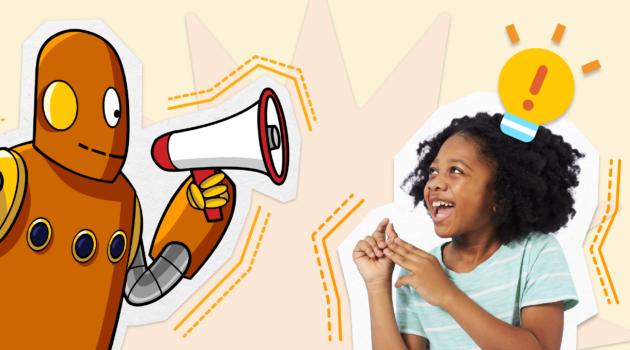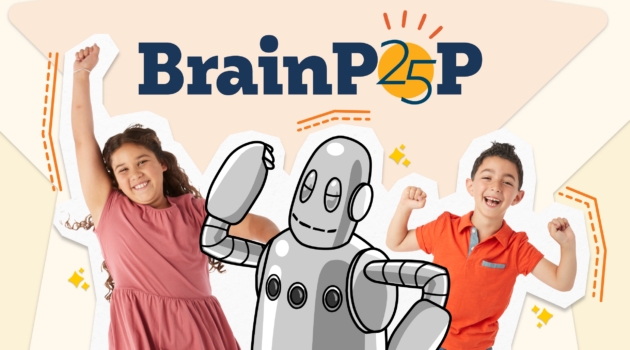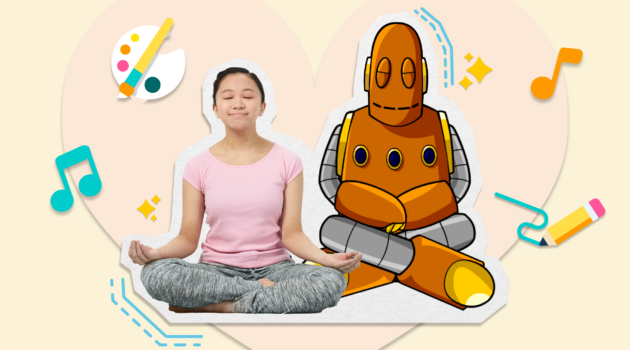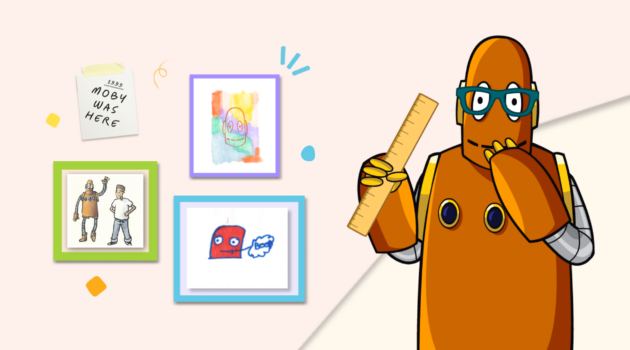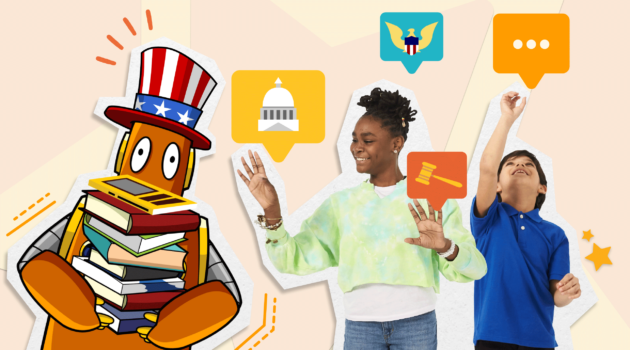Teaching Strategies
5 Teacher-Tested Tips to Make Art a Classroom Priority
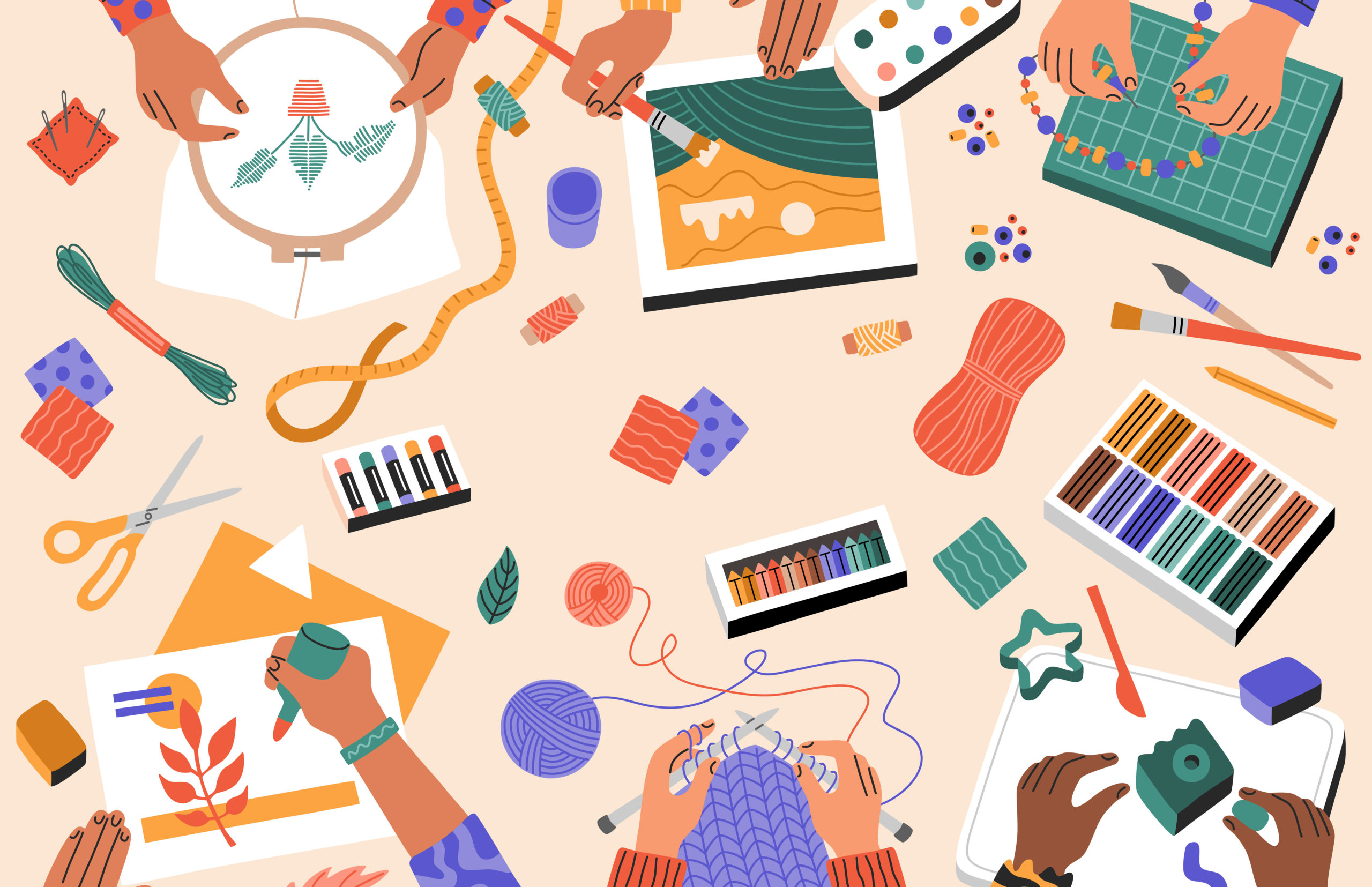
“I would say the best room in the school is the art room, but I’m biased,” says Michelle Asch, who has been teaching K-5 art in Westchester County, New York for the last 19 years. “It’s where the magic happens.”
Maybe that’s why Asch shows no signs of burnout despite teaching 100 elementary school students most days throughout the COVID-19 pandemic. She clearly has a passion for teaching art, and says her job—on top of developing students’ skills—is to instill an appreciation for art.
Elementary school may be the only time some kids engage with art on a continuous basis. Walk down a K-6 hallway and you’ll see art displayed: drawings, paintings, collages, and posters cover the walls.
Once students reach middle and high school, art becomes more of a choice that often gets pushed to the sidelines. “I try to hook them through the projects, process, and skill building, and hope that appreciation and understanding stays with them,” explains Asch.
Even if your school doesn’t have dedicated art rooms or programs, art can still have a big impact on students when integrated with subjects across the curriculum. Why not bring more of that magic into the classroom?
I reflected on my years as a teacher, and connected with fellow educators who are currently introducing their students to art in innovative ways. Here are five ideas to inspire more artistic expression in the classroom:
1. Timing is everything
Art can be a teacher’s salvation on Friday afternoons, when students are extra squirrelly and you’re extra tired. When I was in the classroom, my co-teacher and I scheduled our most engaging (and messiest) art lessons for the end of the week, and often blended them with subjects like science. We brought out prisms to draw and study light, made homemade bubbles to learn about water and surface tension, created clouds in a jar, and made photosynthesis-inspired art. It was students’ favorite part of the week—and mine, too!
2. Find role models
Students learn more than art and music history when they study the biographies and work of famous artists, like Georgia O’Keefe and Louis Armstrong. Use these teachable moments to encourage kids to reflect on how they are similar and different from their favorite artists, and prompt them to make connections to their lives and experiences. Gently nudge them to believe they can be artists in their own right! You can also model artistic engagement, skill, and technique—as well as problem solving and resilience—by creating original works of art alongside your students.
3. Follow their interests, and yours
“Get inspiration from your students, just like they get inspiration from you,” says Margaret Williams, an educator of 26 years who currently teaches art at Port Orange Elementary School in Florida. She believes it’s important to give students opportunity and choice when it comes to integrating personal expression in their art. For Día de Muertos (Day of the Dead), which is a personal passion for Williams, her students created Frida Kahlo-inspired skeleton portraits dressed to reflect their interests and career goals.
4. Think beyond the canvas
Williams also recommends pursuing the unexpected by bringing in unusual tools and materials to create artwork. Painting with a feather or glue bottles can encourage students to enjoy the process more rather than strive for perfection. A classroom environment that welcomes artistic experimentation helps reduce perceived barriers to creativity. Introducing students to abstract art forms, like Cubism, gives them another avenue to express themselves, and broadens their understanding of what art is and can be.
5. Head out into the world
Art lets us engage with and share our understanding of the world around us, so try stepping out of the classroom. Students can make observational drawings of nature in your school garden or at a nearby park. You can also incorporate art into lessons about seeds, plant growth, and pollination. I have a simple yet powerful childhood memory of sitting outside my elementary school drawing a tree with my classmates. Time slowed down as I learned about light and form. I was surprised to reflect on how different my drawing was from the others and from the tree in front of me. Nature offers endless inspiration.
October is National Arts and Humanities Month, which is a great time to start making art a staple of your curriculum. Looking for more ideas? Visit the BrainPOP Arts and Music collection, which spans concepts including digital animation, pop art, drama, dance, and photography; biographies of famous figures; and more.
Julia Bailey is a copywriter on the BrainPOP Marketing Team and a former classroom educator. After earning a master’s in education, she taught third grade and middle school humanities for 16 years. Julia misses making art with her students and continues to collage and sketch for fun.


